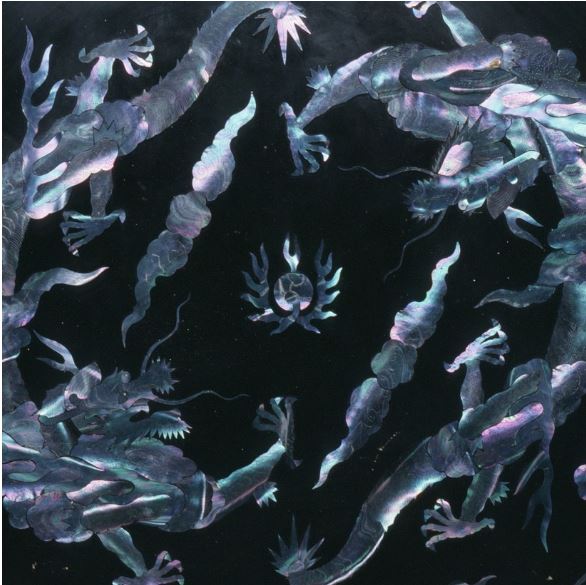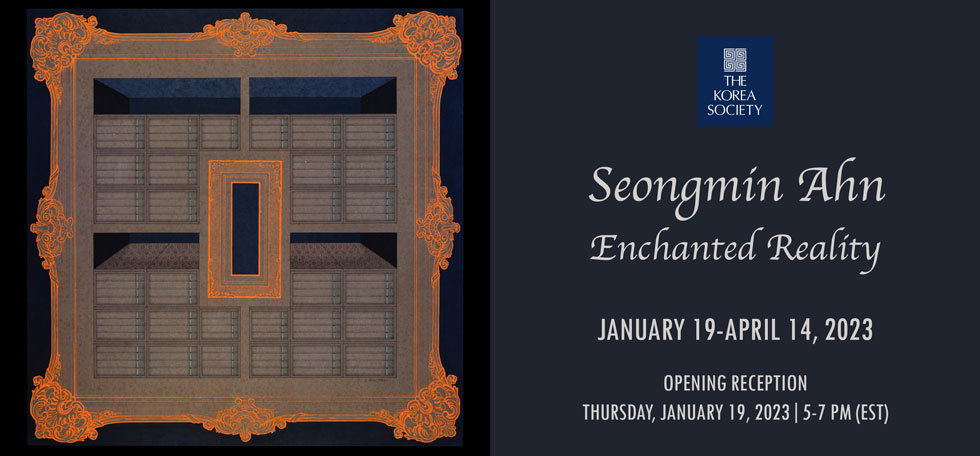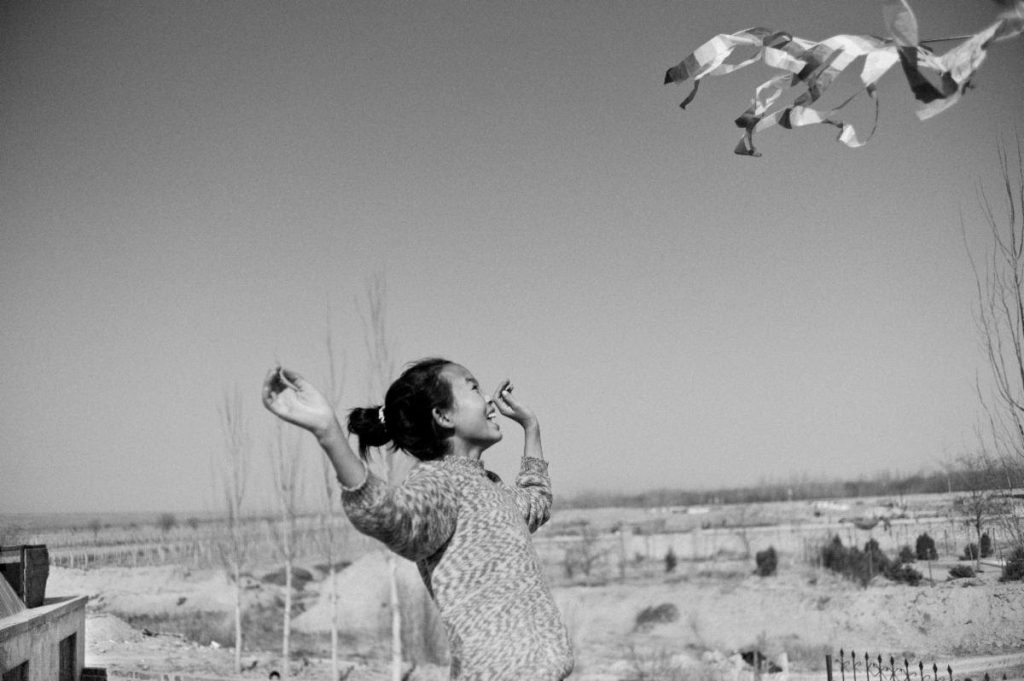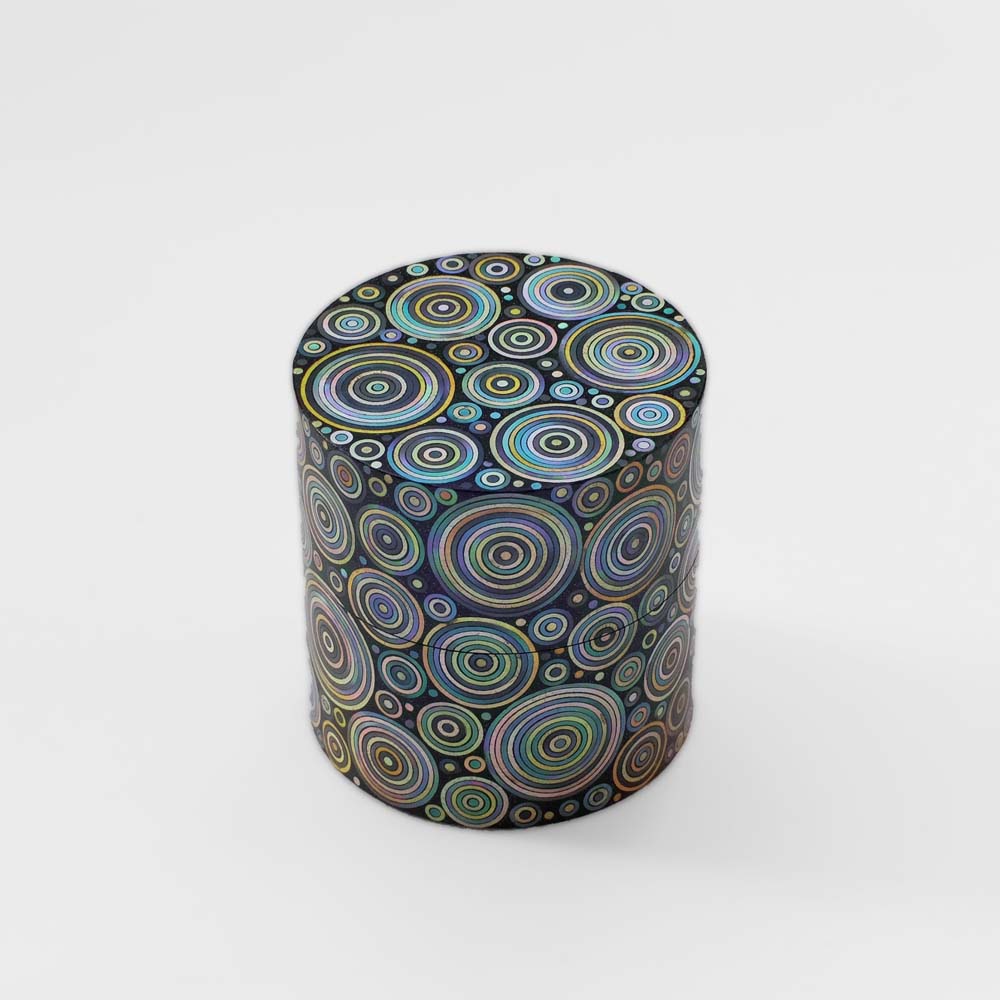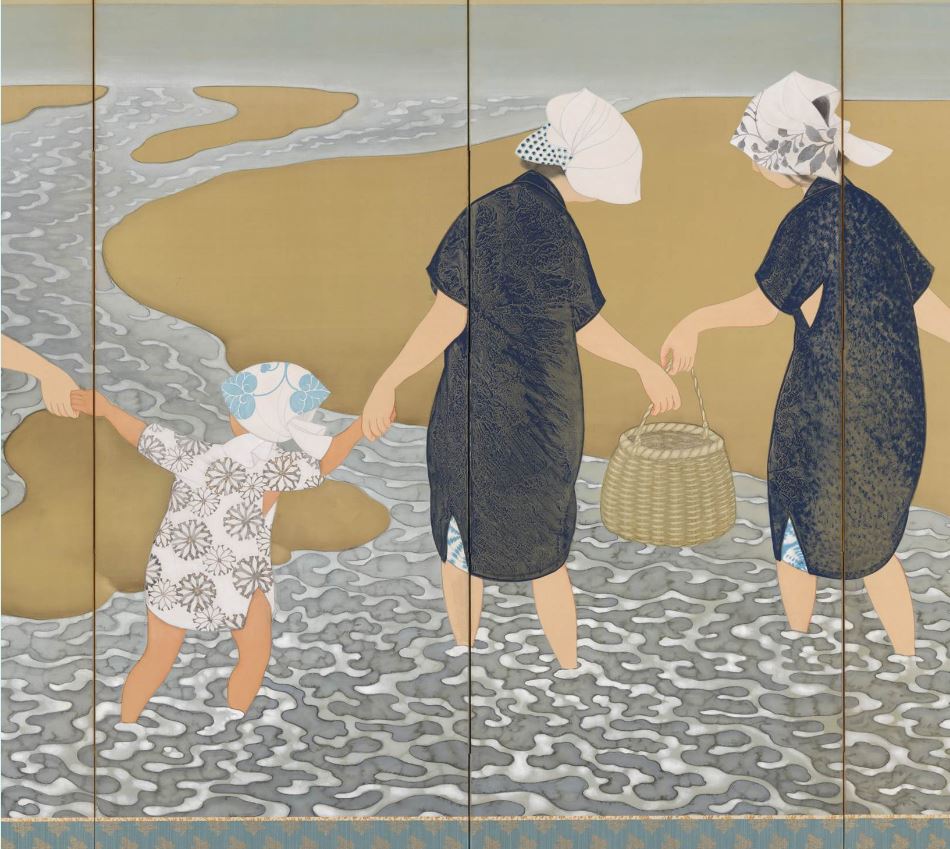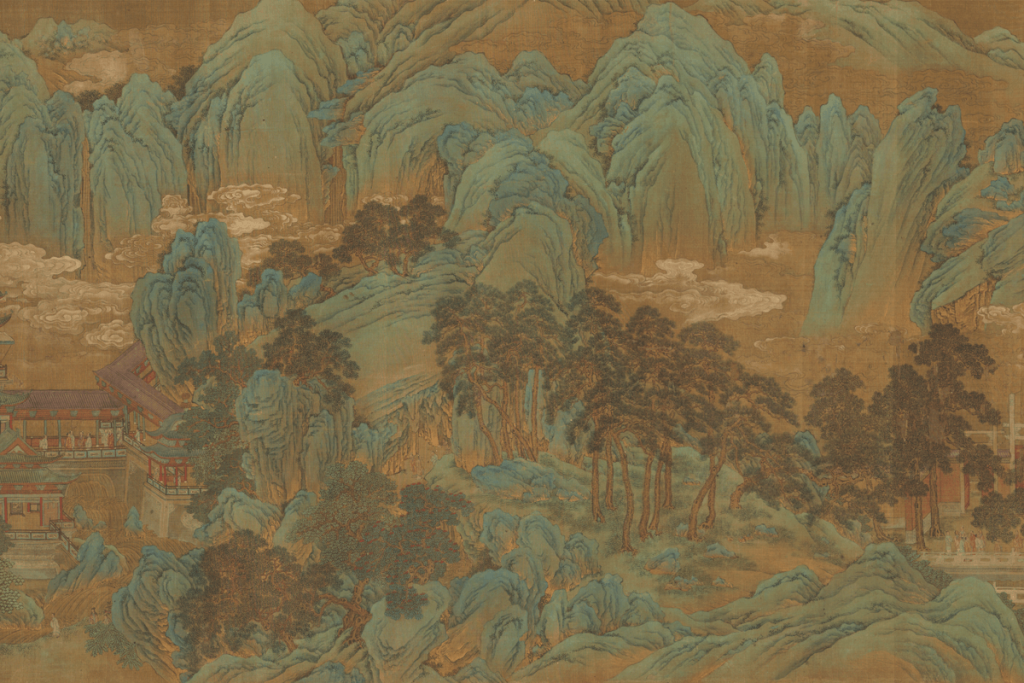Tsuji Kakō (1870–1931), After High Tide (detail, right screen), 1917, pair of six-panel folding screens, ink, color, and gold and silver paint on silk, The Metropolitan Museum of Art, Purchase, Mary and James G. Wallach Foundation Gift, in honor of John T. Carpenter, 2022 (2022.163.1, .2)
Art History Study Group:
Nihonga: Restyling the Past and Present in Modern Japanese Painting,
The Metropolitan Museum of Art
Online program, January 11, 4-5:30pm
John Carpenter, Mary Griggs Burke Curator of Japanese Art, Department of Asian Art, The Met
Expand your knowledge of art history through virtual introductions to core themes and close examination of works of art in The Met collection with Museum experts.
Nihonga, or modern-style Japanese painting of the late 19th and early 20th century, can be seen as a “renewal” of traditional Japanese pictorial themes and painting techniques in the modern age. Although the Museum’s departments of Asian Art and Modern and Contemporary Art have tended to neglect Nihonga in the past, they have made concerted efforts to build The Met collection in this area in recent years. Join John Carpenter, Mary Griggs Burke Curator of Japanese Art, to explore how prominent Nihonga artists, such as Hashimoto Kansetsu, Kainoshō Tadaoto, Tsuji Kakō, and Enomoto Chikatoshi, among others, used the human figure as a subject in early 20th-century paintings.
Fee: $40. Please note: This live event takes place on Zoom. Space is limited; advance registration is required. Registration closes Wednesday, January 11, 2022, or when registration is full. Read more, click here
